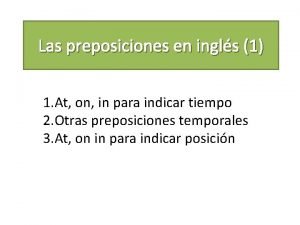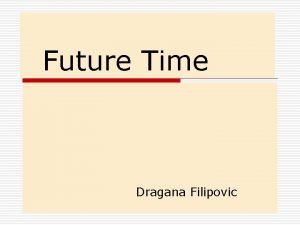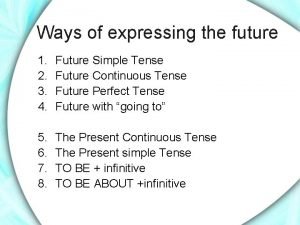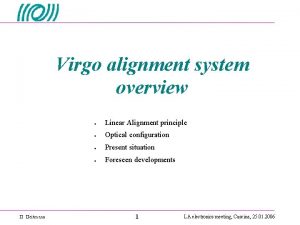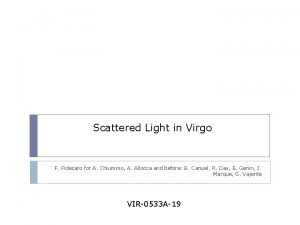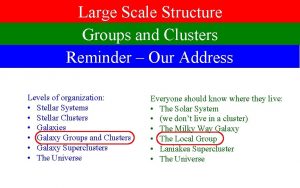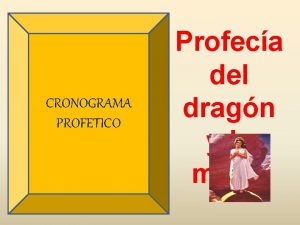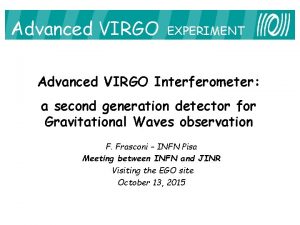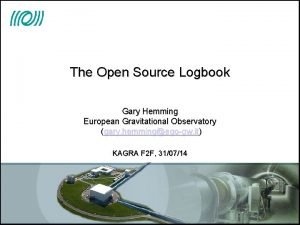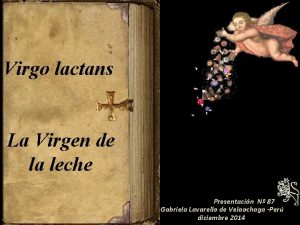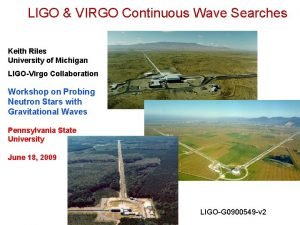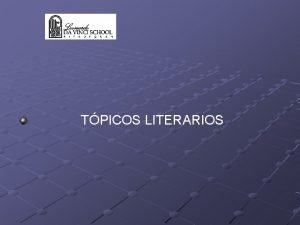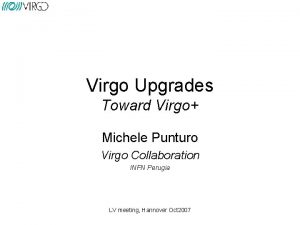Virgo Plans for the next future Virgo Michele



















- Slides: 19

Virgo: Plans for the next future Virgo+ Michele Punturo INFN Perugia On behalf of the Virgo collaboration 27/05/2006 -2/06/2006 GWADW-VESF Meeting

Sensitivity & Detection performances: Source Virgo (SNR=8) NS-NS 1. 4 -1. 4 Ms 31. 0 Mpc (12. 4) BH-BH 10 -10 Ms 145 Mpc (58) Burst hrss≈10 -20 1 kpc 12. 9 kpc BNS 2

Sensitivity improvement • The nominal Virgo sensitivity is dominated by – the shot noise, at high frequency – the pendulum thermal noise at low frequency 3

High Power Lasers Light • Reduction of the shot noise passes through the increase of the power of the light circulating in the Fabry-Perot Cavities – In a shot-noise limited detector the sensitivity decreases as – Currently the laser is a 20 W, supplied by the Laser Zentrum Hannover, based on a Nd: YVO 4 rod, end pumped by fibre-coupled diode lasers – High power laser is necessary to inject many Watts in the cavities • Current technology, developed by the GEO-Hannover group+LZH, permits to have hundred Watts CW lasers • Many technical problems on the injection and central optics limit the possible increase of power, with a reduced impact on the shut-down period – 50 W seems a good compromise between the noise improvement and the technical difficulties 4

Nd: YVO 4 for 50 W Amplifier • 50 W laser amplifier under development between LZH and Virgo: Four-stage end-pumped Nd: YVO 4 Each stage pumped by 45 W laser diode Each diode indiv temp controlled Each 2 diodes connected in series to 1 current driver Diodes current controlled • Possibility to replace the current master laser with a fiber laser 5 (LZH prop)

Possible laser system 20 W laser (injection-locked ) 40 WAmplifier module Pre Mode Cleaner Master Laser Nd-Yv. O 4 crystal Crystal pumping module 6

50/2 W laser effect Source Virgo 50 W (dist. Mpc) NSNS 37. 4 (15. 0) BHBH 172 (68. 8) • NS-NS signal detection benefits of the improved sensitivity at high frequency 7

Mirror Losses New Model • The Virgo nominal sensitivity is realized adopting a constant in frequency model for the mirror Brownian noise • S. D. Penn et al. shown that this corresponds to an over-estimation of that noise and they proposed a model for Suprasil 312: • But the current Virgo Input Mirrors are made in Suprasil 311 -SV very similar to Suprasil-312 – Reducing the other noises we should have an “advanced” performance level S. D. Penn et al. , Phys. Lett. A 2006, 352 (1 -2), 3 -6 Virgo Mirrors Region of interest for thermal noise in adv Virgo 8

Replacement of the Virgo mirrors • Virgo mirror are in a “mixed” configuration – Input mirrors in Suprasil SV-311 (low losses) – End mirrors in Herasil (High losses, no frequency dependence (Numata et al. )) • Replacing all the mirrors we could – Use low dissipation material for all the mirrors – Adopt better performance coatings – Install monolithic fused silica suspension 9

Mirror thermal noise evaluation • R&D activities in LIGO with the support of the LMA-Virgo group demonstrated that it is possible to decrease the mechanical dissipation of the coatings introducing Ti. O 2 dopants in the Ta 2 O 5/Si. O 2 layers (d) Evaluated with f. Ta 2 O 5=4× 10 -4, f. Subs≈10 -6 -10 -7 (b) Evaluated with f. Subs Penn’s Model (c ) Evaluated with f. Ta 2 O 5=1. 6× 10 -4 (a) Incoherent sum: 10

New mirrors and 50 W laser amplifier • NS-NS signal detection benefits of the improved sensitivity at intermediate frequency 11

Complete the upgrade • In effect, the previous improvement is “incomplete” and maybe “fictitious”: – To substitute four mirrors we need to invest a lot of money, a large effort and a long shutdown period • Large cost of the substrates • Large cost of the coatings • At least one month of preparatory work for each mirror before to shut-down the ITF and 3 weeks to install each payload • Presence of a large excess loss due to the friction of the suspension wires on the mirror lateral faces. – Steel wire suspension is not the selected technology for the 2 nd generation (“advanced”) detectors • Could we anticipate the upgrade of the suspension? • Virgo have already a second generation seismic filtering system! 12

Monolithic fused silica suspension • Thanks to the well known low mechanical dissipation of the fused silica, a similar monolithic suspension promises an excellent performance in terms of thermal noise • Multi-year R&D activity performed in Virgo • Collaboration with the GEO-Glasgow group • Large engineering effort now in Virgo to realize a FS monolithic last stage – Two fiber production machines available in Cascina • H 2 -O 2 flames “standard” machine completely automated • New CO 2 laser machine ü ü – Well defined planning available • Realization of a test payload having – – – Stainless steel marionette Dielectric reference mass Monolithic fused silica suspension fibers attached to the mirror through silicate bonding Dummy mirror Full Virgo local control system » Magnet-Coil actuation system » Digital (ADC-DSP-DAC) control system » Optical lever monitoring 13 ü

Fiber production Facilities H 2 -O 2 gasses Machine CO 2 laser Machine 14

Virgo+ performances 1/2 • Too optimistic view: – The Gravity gradient noise “obscure” the low frequency part – Cella-Cuoco model: • NS-NS signal detection benefits of the improved sensitivity at intermediate frequency 15

Virgo+ performances 2/2 • Too optimistic view: – The Gravity gradient noise “obscure” the low frequency part – Cella-Cuoco model: (b) • (NN) Virgo+ (NN) Mpc The low frequency limit due to the Newtonian noise weakly affects the NSNS detection performances Curve (b) Mpc NSNS 114 (45. 6) 121 (48. 2) BHBH 584 (234) 664 (265) 16

What is necessary? • Physicists are fascinated by fundamental noises and frustrated by technical ones – Control noises are currently limiting the low frequency sensitivity of all the GW ITFs in the World – In particular, the required low frequency performances of Virgo and furthermore of Virgo+ are a challenging stress test of: • Actuation electronics – New coil drivers with lower noise under realization – New DACs with a larger dynamic range under study • DAQ electronics – New ADC with higher sampling frequency and number of bits under study • “Filtering” electronics – New generation DSP boards with high computational power under realization (to fulfill the increasing request of CPU power) – High power laser requires • Upgrade of some components in our input and detection optics • Thermal compensation devices – Absorption in the input mirror is suppressed by the good quality of our mirror substrates » Nevertheless a thermal compensation system is under study (LIGO+GEO 17 experience)

DSP production DAC production ADC production TOLM production TDB production Laser Amplifier Characterization and ancillary optics production Laser Amplifier Production by LZH 01/08 Advanced Virgo upgrade Virgo+ commissioning Virgo+ upgrade Virgo Scientific run Virgo commissioning Short upgrade Virgo Scientific run Virgo commissioning 01/07 FS payload production FS test payload Control studies FS test payload realization Planning 01/09 01/10 01/11 Advanced Virgo • Design Activity still not started • R&D activities on • High power lasers • Signal recycling and optical topologies • Coatings • Electrostatic actuators 18

Conclusions • In the next months Virgo will approach his final sensitivity • A series of well defined upgrades will permit to increase the detector performances with a relatively small impact on the operational time: – Virgo+ is currently an engineering effort rather than a R&D activity • A huge R&D activity is, instead, necessary to arrive to the Advanced Virgo design 19
 X.next = x.next.next
X.next = x.next.next Future plans and finished future actions
Future plans and finished future actions See future continuous
See future continuous Future perfect future continuous future perfect continuous
Future perfect future continuous future perfect continuous Plans present continuous
Plans present continuous My future plans after school
My future plans after school Preposiciones en ingles
Preposiciones en ingles Dragana filipovic
Dragana filipovic Adverbs of possibility
Adverbs of possibility Virgo alignment
Virgo alignment Virgo
Virgo Virgo
Virgo Local supercluster
Local supercluster Colores proféticos
Colores proféticos Virgo experiment
Virgo experiment Virgo logbook
Virgo logbook Virgo lactans
Virgo lactans Lmxb
Lmxb Topico literario ciervo herido
Topico literario ciervo herido Weebly virgo sapiens
Weebly virgo sapiens






